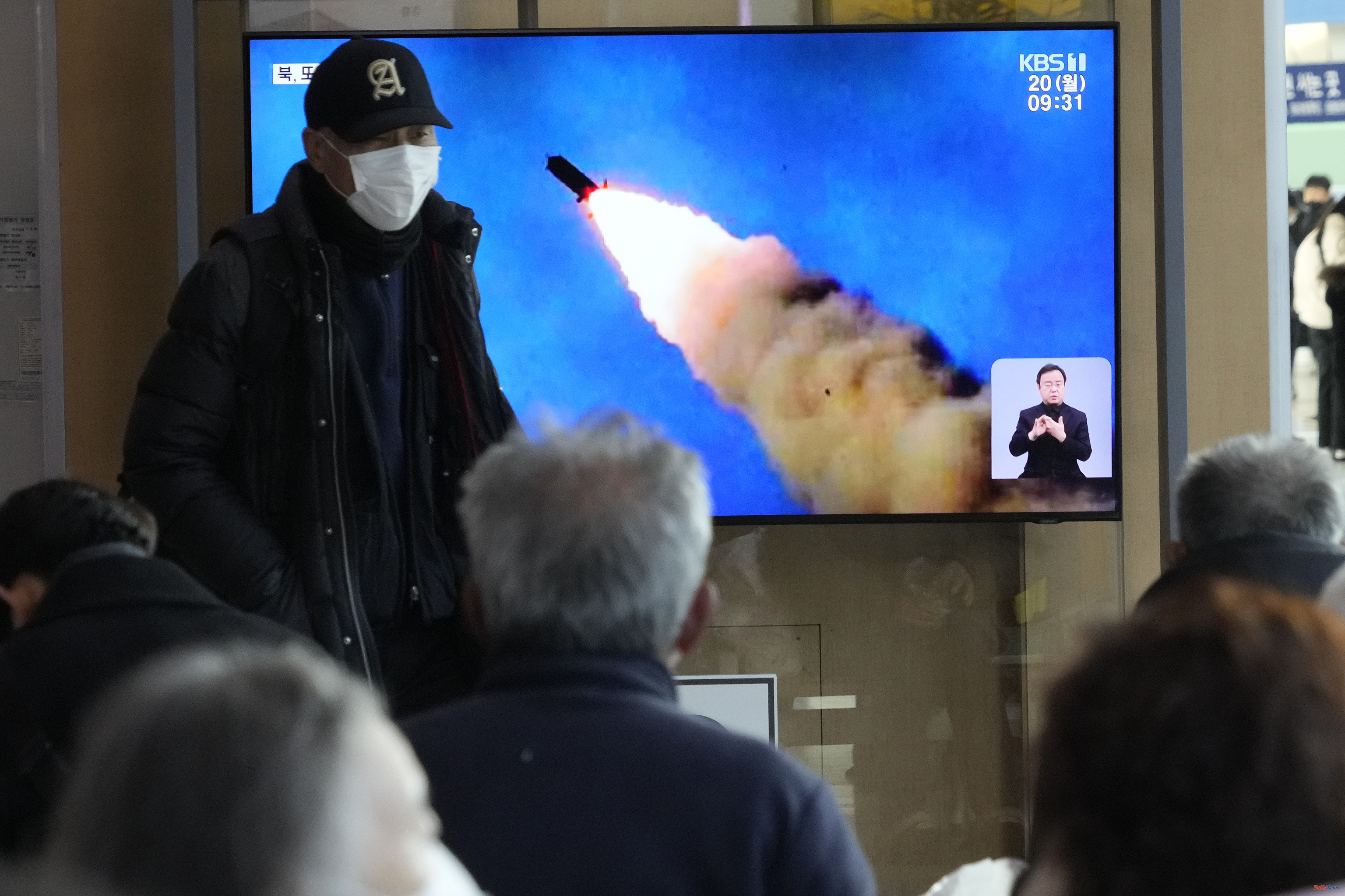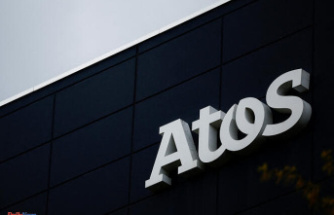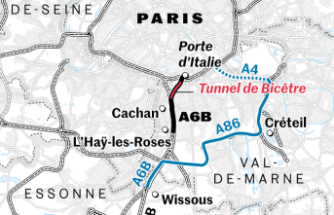The war games have returned to the Asian Pacific ring formed by the two Koreas and Japan, with the always invited United States, which never misses a round. Since Pyongyang began the year by launching a ballistic missile into the sea on January 1, Kim Jong-un's regime seemed to have put away its missiles. Or at least that he would slow down the threats after in 2022 he fired a record 70+ missiles. But in the last three days, three of Kim's ever-dangerous explosive toys have once again shown up in the region.
On Saturday it was an intercontinental ballistic missile (ICBM) and this Monday two short-range ballistic missiles fell into the Sea of Japan. Pyongyang picks up a run again with its rockets after, as usually happens, the armies of neighboring South Korea and the US carried out joint maneuvers in which Japan also joined. And this has only just begun because there is a hot week ahead in which the allied democracies have announced more military exercises, which will have their apparent response from the hermit kingdom of Kim.
As an appetizer, Kim Yo-jong, the dictator's sister, has warned that the Pacific will become a "firing range" and that her country would execute a "corresponding response" to the air maneuvers of its rivals. Those have been her threats after the launch of the last missiles. "With today's firing exercise, which involved multiple rocket launchers and tactical nuclear strike means, the Korean People's Army (KPA) demonstrated its full ability to deter and will respond to US-led joint air exercises," a statement from state agency KCNA.
On Saturday, the launched Hwasong-15, one of three types of ICBM North Korea has, landed inside Japan's exclusive economic zone (EEZ), which stretches 370 kilometers from its coast. "A test intended to further bolster our capability for fatal nuclear strike against our rivals," the regime announced.
The US response to this launch was to fly long-range supersonic bombers on Sunday, followed by South Korean fighter jets. It was a new show of joint force between the allies. A day earlier, the foreign ministers of Seoul and Tokyo met on the sidelines of the Munich Security Conference to agree to boost their defense cooperation against the North Korean threat, also promoting joint war drills with the US military.
All North Korean launched missiles use liquid propellants. But from Pyongyang they are sending signals that they are preparing to build a new solid fuel ICBM, more stable, agile and difficult to detect.
Analysts from NK News, a specialized website that monitors day-to-day events in the North Korean regime, assured in early February, during the 75th anniversary of the North Korean armed forces, that a model of this had been seen at the military parade. solid fuel missile. During that exhibition, the Hwasong-17, the most powerful of North Korea's ICBMs, which has a range of up to 15,000 kilometers and is capable of hitting the coasts of the United States loaded with a nuclear warhead, also paraded.
In November, one of these Hwasong-17s flew a distance of 1,000 kilometers before landing in waters inside Japan's EEZ. At a maximum altitude of about 100 km, the latest ballistic missiles launched by a "tactical nuclear weapon" arrived on Monday, as Pyongyang has called it, which is capable of "paralyzing an enemy airfield".
According to the criteria of The Trust Project












